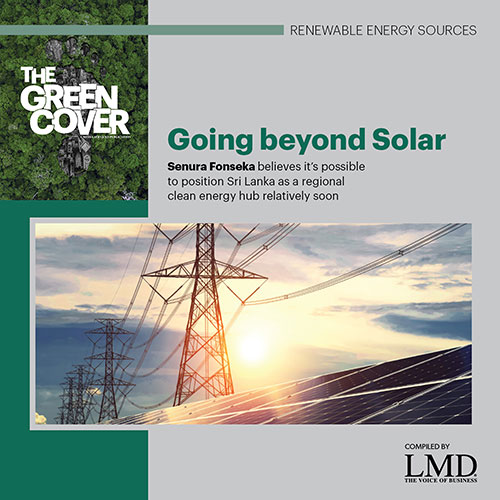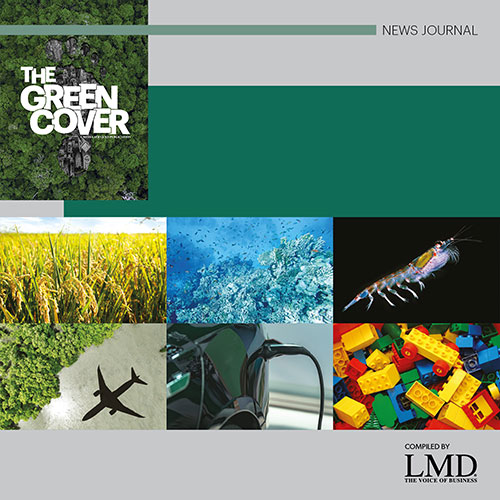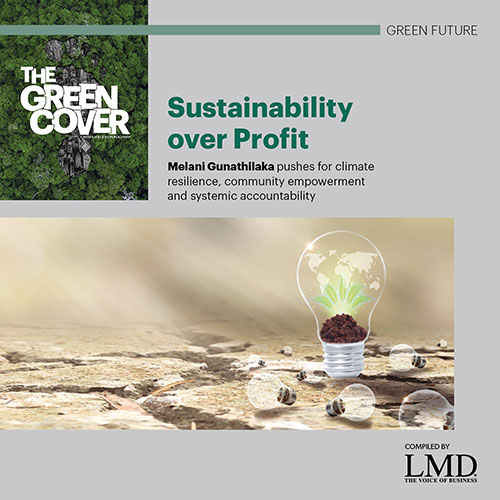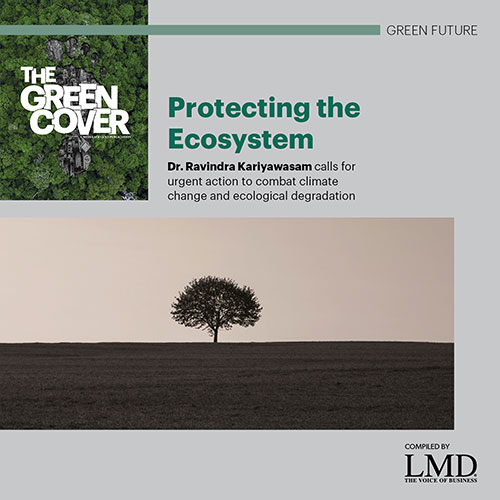PREFACE
The More of Less Approach
Exploring the need to embrace sustainable avenues to tackle overconsumption and achieve equilibrium
Throughout its history, the Earth has experienced five mass extinctions with the last wiping out 75 percent of life. Sixty-six million years later, we’re struck with a tempest of climate disasters, from floods to forest fires, reminding us that a sixth extinction is not to be ruled out. All these apocalyptic dilemmas are caused by one species – us. The cause? Overconsumption.
While we collectively try to make a difference with various ‘save the world’ tools such as global agreements, climate targets and alternate energies, we still haven’t correctly applied the simplest solution – using less.
The world is a finite place with limited resources. For instance, only three percent of the Earth’s water is freshwater. According to National Geographic, 68 percent of this is irretrievably stored in ice, 30 percent is in the ground, and about 0.3 percent is found in lakes and rivers. To simplify this, if the planet’s water supply was poured into 100 glasses, useable freshwater would fill less than a glass – one that is to be shared by all animals, trees and eight billion people.
In the pages that follow in the third edition of The Green Cover, freelance environmental writer Malaka Rodrigo answers one of our questions with an unfortunate truth: “People strive to protect what they like and what matters to them.” It’s unfortunate because we have come too far to be able to choose what matters to each of us – everything does as it always has.
The circle of life is not only true for living beings but for nonliving things as well, such as plastic, toxins and lead. Tiny bits of plastic from a shopping bag used today will come back to haunt our great-great-great grandchildren five hundred years from now in their food, water and even the air they breathe.
Interconnectedness is Earth’s unique formula – its boon and its bane. When we grow a tree today, we’re blessed with clean air tomorrow. When we overconsume one resource, we’re deprived of another.
This equilibrium might have been easy to hack if not for one unchangeable constant – the planet’s speed. Earth moves at a much more sustainable pace than we do and centuries of our wrongdoings are beginning to bear their ugly fruit – burnt forests, polluted seas, extinct animals, melting glaciers… terrors we were once warned of are now making daily headlines. And we keep adding to this circle of strife even now.
“There is still time to secure our future by clinging to the cliché “it’s not too late to save the planet”
There is still time to secure our future by clinging to the cliché “it’s not too late to save the planet.” Understanding the reassuring, hopeful and fleeting nature of this statement inspired this publication to raise green flags for change.
We explore newer avenues of making a sustainable impact such as regenerative tourism to replace concepts like ecotourism. And we look at embracing cost reflective tariffs, energy efficient improvements and waste management techniques. Above all, we dive into the positive behavioural changes that individuals, businesses and the country can take; one thing less – or better – consumed at a time.
The Earth might be on the brink of collapse at our hands but it still holds the power of life. It yearns to be saved to save life. And every little action towards saving it results in a positive reaction towards saving ourselves.
– Ruwandi Perera







